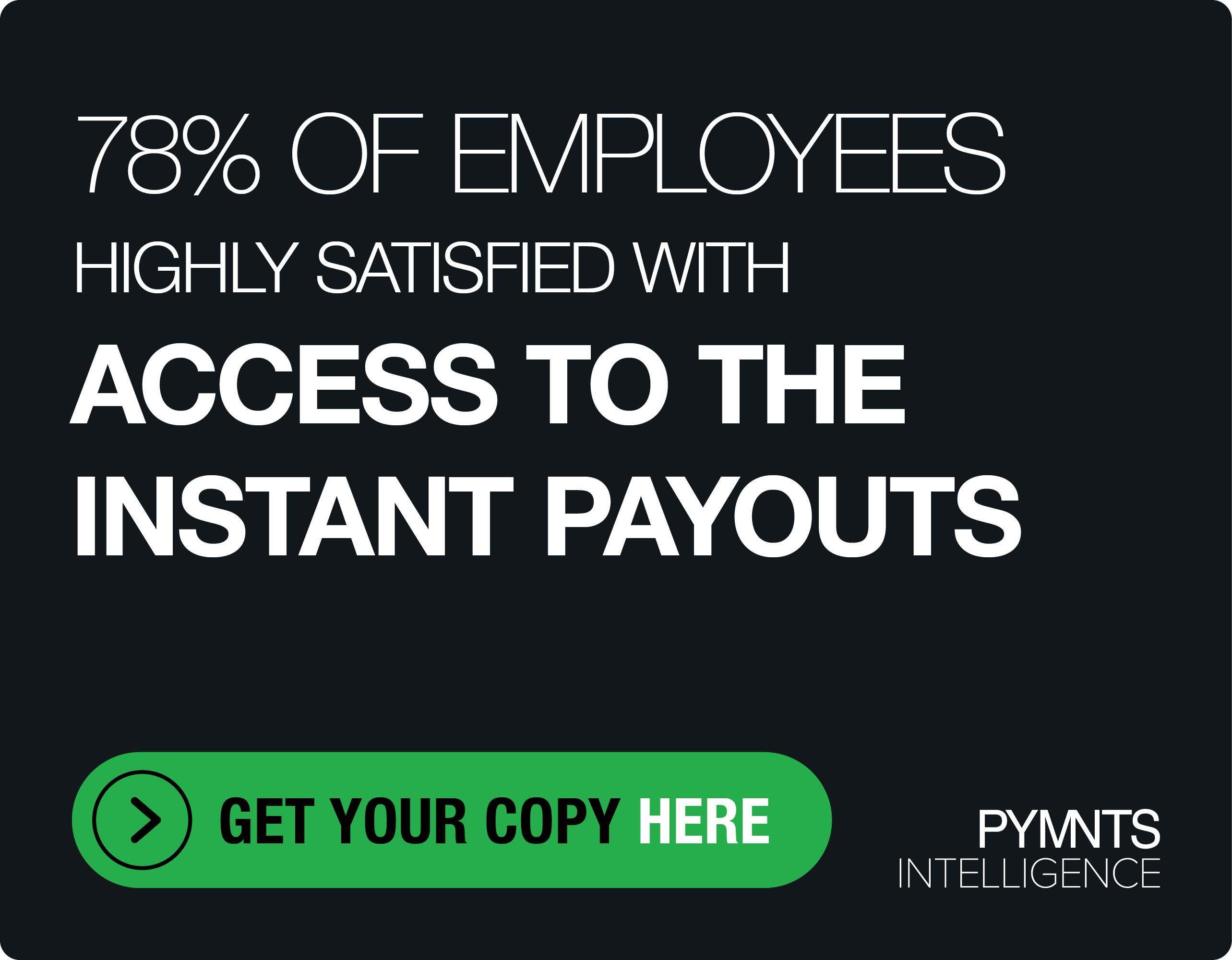Visa Next: Visa’s Next ‘Digital First’ Act

Digital comes to all things, it seems, where plastic and physical conduits once reigned — spanning music, media and, in leaps and bounds, payments. Visa announces a new platform offering beta APIs to help issuers and issuer developers build and test new payment products, rendered in bits and bytes. There’s also a new site that, literally, heralds Visa’s next moves. Sam Shrauger, SVP of digital products at Visa, tells Karen Webster what’s changed and what’s in the pipeline.
Visa introduced a platform on Monday morning (April 22), complete with beta application programming interfaces (APIs), that will allow issuers and issuer processors to build and test new products. The company said the platform is available for the company’s clients and partners through Visa Next, a website billed as a “new destination” for glimpsing and using new solutions in the payment giant’s ongoing pipeline.
The initial beta APIs on offer will help those within the Visa ecosystem to create digital cards on demand and add digital services. The company also said that digital accounts can be used to activate and tokenize other digital accounts across various mobile pay wallets.
Digital First Mindset
Perhaps not surprisingly, the key mindset is “digital first,” with an eye on offering new ways to manage money and transact digitally, and on demand.
As Sam Shrauger, SVP, global issuer and consumer solutions at Visa, told PYMNTS’ Karen Webster, the debut of the APIs and the Visa Next offerings reflects the fact that, for the firm and its partners, “we are in an industry that has gone from having to distribute plastic (consider it our version of the DVD), and having a whole physical chain that goes along with that in order for the consumer to use the product,” to one that has embraced the cloud.
“What happened when you went into the cloud was that you had all these parties that showed up in the value chain that were doing things that the traditional parties had not been doing,” said Shrauger. On the merchant side of the payments ecosystem, there was the rise of gateways, merchant aggregators, superwallets, Square and PayPal, among others. On the issuer side of the equation, there was a similar shift in the value chain. “We used to have the network, the issuers, the issuer processors … and then the consumer,” he added.
More recently, there has been the “explosion of new parties,” such as Stripe, offering products and services “that could not have been done until some of the components of issuing had started moving to the cloud.” In short, he said, “there are a lot of things on the issuing and consumer side that are going to require the network to do things differently — and for our network to do things differently — if we want to serve it well.”
The Periodic Table For Digital Payments
The executive said that the platform and its API components can be thought of as a “periodic table” for the various elements that fashion payment instruments or services. Essentially, he noted, providers can come to the platform to build out the end-user experiences they desire.
As Shrauger put it, Visa’s platform offers integration layers so that neo-banks, FinTech firms, banks and others can embrace FinTech capabilities — and products that can be true differentiators — without heavy technological deployments. These users can plug in and offer services, ranging from card issuance to configuration to device provisioning, while helping stakeholders to get sensitive data out of their systems by allowing them to create and distribute tokenized payment credentials in real time.
Visa Next, he said, can be viewed as a “destination site” that details what is on offer and coming through the development pipeline, and provides a way to get “an ongoing dialogue with developers early on.”
New Use Cases
Through the functionalities embedded in the APIs, Shrauger said, new use cases can take shape through which consumers can manage a range of financial activities, far-reaching in nature.
Consider the use case where parents can create a Visa card linked to an extant account on a mobile device, and send it to a child’s account — enabling the latter to attend the movies, sans cash. The appropriate parental controls would be in place, limiting how much could be spent over a certain period (and even at which merchants).
Separately, he noted the use case where travelers, confined to the superwallets in their mobile devices that let them transact only within their home countries’ borders and currencies, can be truly global consumers. In this instance, users can transfer wallet balances onto a digital Visa card, which will allow them to digitally transact across 200 countries and territories, and with tens of millions of merchants where Visa is accepted.
One region that is likely to be among the early adopters of digital-first for such globe-spanning activity is Asia, he said, where “you’ve got all these [mobile] wallets out there, which are domestic, for the most part” — and, though gaining scale, are limited by country. A GO-JEK user who is traveling abroad, said Shrauger, can now conceivably issue themselves a credential that can be used for other transportation services around the world.
Looking ahead, Visa said it will offer additional beta APIs touching on loyalty, benefits and rewards, and new transaction controls.
“Another piece of plastic, in our point of view,” said the executive, “is totally irrelevant in a purely digital world.”
